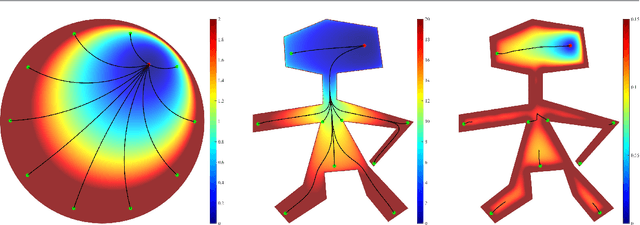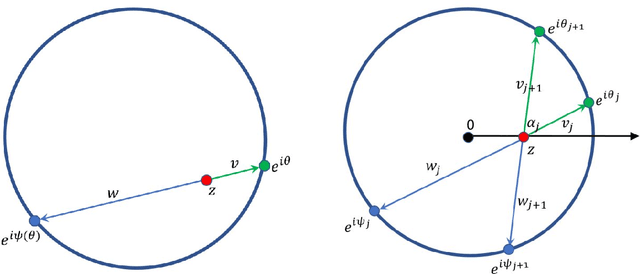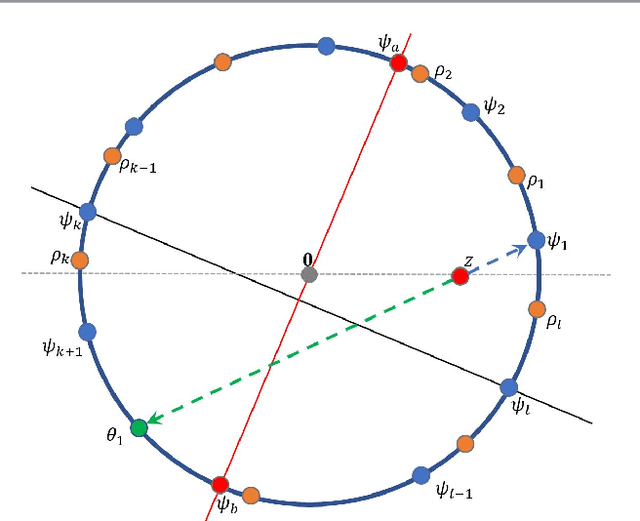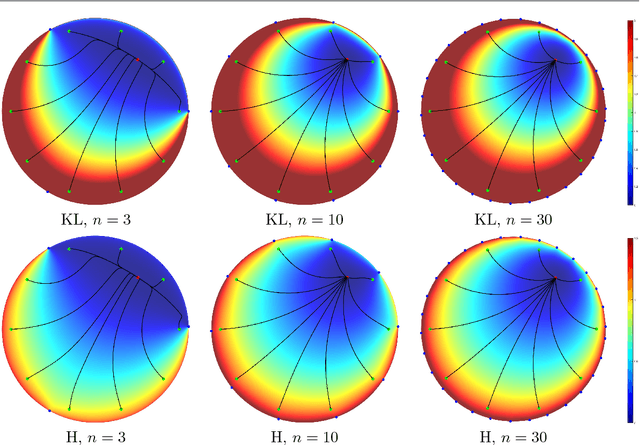Kai Hormann
Practical Distance Functions for Path-Planning in Planar Domains
Aug 19, 2017



Abstract:Path planning is an important problem in robotics. One way to plan a path between two points $x,y$ within a (not necessarily simply-connected) planar domain $\Omega$, is to define a non-negative distance function $d(x,y)$ on $\Omega\times\Omega$ such that following the (descending) gradient of this distance function traces such a path. This presents two equally important challenges: A mathematical challenge -- to define $d$ such that $d(x,y)$ has a single minimum for any fixed $y$ (and this is when $x=y$), since a local minimum is in effect a "dead end", A computational challenge -- to define $d$ such that it may be computed efficiently. In this paper, given a description of $\Omega$, we show how to assign coordinates to each point of $\Omega$ and define a family of distance functions between points using these coordinates, such that both the mathematical and the computational challenges are met. This is done using the concepts of \emph{harmonic measure} and \emph{$f$-divergences}. In practice, path planning is done on a discrete network defined on a finite set of \emph{sites} sampled from $\Omega$, so any method that works well on the continuous domain must be adapted so that it still works well on the discrete domain. Given a set of sites sampled from $\Omega$, we show how to define a network connecting these sites such that a \emph{greedy routing} algorithm (which is the discrete equivalent of continuous gradient descent) based on the distance function mentioned above is guaranteed to generate a path in the network between any two such sites. In many cases, this network is close to a (desirable) planar graph, especially if the set of sites is dense.
Path Planning with Divergence-Based Distance Functions
Aug 09, 2017



Abstract:Distance functions between points in a domain are sometimes used to automatically plan a gradient-descent path towards a given target point in the domain, avoiding obstacles that may be present. A key requirement from such distance functions is the absence of spurious local minima, which may foil such an approach, and this has led to the common use of harmonic potential functions. Based on the planar Laplace operator, the potential function guarantees the absence of spurious minima, but is well known to be slow to numerically compute and prone to numerical precision issues. To alleviate the first of these problems, we propose a family of novel divergence distances. These are based on f-divergence of the Poisson kernel of the domain. We define the divergence distances and compare them to the harmonic potential function and other related distance functions. Our first result is theoretical: We show that the family of divergence distances are equivalent to the harmonic potential function on simply-connected domains, namely generate paths which are identical to those generated by the potential function. The proof is based on the concept of conformal invariance. Our other results are more practical and relate to two special cases of divergence distances, one based on the Kullback-Leibler divergence and one based on the total variation divergence. We show that using divergence distances instead of the potential function and other distances has a significant computational advantage, as, following a pre-processing stage, they may be computed up to an order of magnitude faster than the others when taking advantage of certain sparsity properties of the Poisson kernel. Furthermore, the computation is "embarrassingly parallel", so may be implemented on a GPU with up to three orders of magnitude speedup.
 Add to Chrome
Add to Chrome Add to Firefox
Add to Firefox Add to Edge
Add to Edge